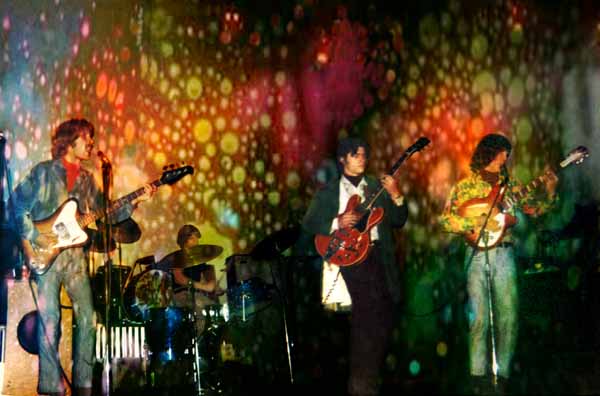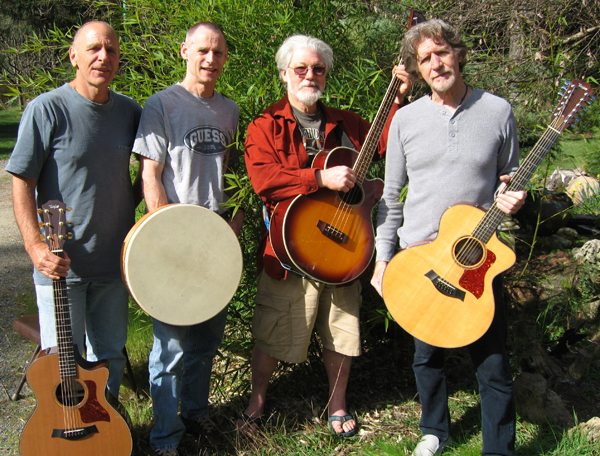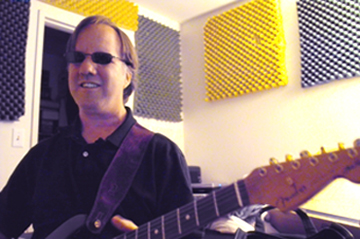|
The WILDFLOWER Biography
Worlds Greatest "Lost" Band

Fillmore Auditorium 1966
click here to see
WILDFLOWER FAMILY TREE & LIVE PERFORMANCE HISTORY
Of all the bands that made up the mid-‘60s San Francisco scene, the Wildflower may have been the perfect conglomeration of Haight Street expectations. Combining the streamlined, jet-age folk-rock sound of Takes Off-era Jefferson Airplane, jammy aspects of the Grateful Dead, the pretty harmonies of Sopwith Camel and We Five, bluesy numbers like Quicksilver Messenger Service and Big Brother and the Holding Company, and the folk punk of the Harbinger Complex, the Wildflower were not some cheap imitation of these groups. They were contemporaries of them, sharing smoky nightclubs and ballroom stages from day one. And though they were there from the beginning, were courted and trotted out with the best of them, the Wildflower never landed "the big one," and thus, sadly and unfairly, have remained but a footnote in San Francisco music history.
The Wildflower was born in a time before the whole world knew about San Francisco and the fun its denizens were having. The Beat scene of North Beach had been slowly evolving into something new. The area around Haight and Ashbury, near where the universities were, was a low-rent paradise filling up with creative young people, recently untethered from their families and ready to try just about anything. But as more and more people arrived to take part in the celebration, things started to take a turn. By the time Surrealistic Pillow hit the racks at Magic Flute, exploitative articles declaring the Haight a hippy haven filled the pages of mainstream rags like Look and Life. People began piling into the City by the busload and things quickly became messy and overcrowded. "Not since the California Gold Rush had San Francisco been flooded with such a large group of outsiders carrying dreams and little else," wrote Pam Tent in her Cockettes memoir Midnight at the Palace.
Listening to Love is the Song We Sing, Rhino Record's recently released history of the Bay Area rock scene, you can actually hear the dissolution of the fraternity. Things get horny and more bombastic post-‘67. For the most part harmonies go out there door in favor of scorching leads and caterwauling vocals. By 1969 the best days of San Francisco were way behind it.
If you want to hear what it sounded like in the good ‘ol days, dig up a copy of Maintsream Records With Love: A Pot of Flowers compilation LP. Not only is it a great time capsule of the Bay Area scene before the major labels came in and turned the Summer of Love into the bummer above, but it's also the best place to hear the Wildflower in their prime.
-from Erik Bluhm's "Jump In-The Story Of The Wildflower-San Francisco's Lost Band" Ugly Things Magazine #29
In 1965, "The Wildflower" began at California College of Arts and Crafts in Oakland with John Jennings on bass, Stephen Ehret on rhythm guitar,
Tom Ellis on drums, Teddy Schneider played percussion, Lee Chandler on guitar and the whole band sang. Stephen wrote songs for the band and also collaborated with poets, Michael McClure and Michael McCausland as well as the rest of the guys. Lee Chandler left to persue an acting career and Michael Brown joined on lead guitar. The band was soon playing venues all around the Bay Area and was one of the original psychedelic 60s groups developing the San Francisco Sound that reached maturity during the Summer of Love.
In the summer of 1966, they alternated weekends with Big Brother & the Holding Co. at the Red Dog Saloon in Virginia City. They played both the Fillmore and Avalon Ballrooms, The Matrix, Straight Theater, The Tripps Festival and toured extensively. (see Wildflower Live Performance History link at the top of the page)
In late '66, Tom left to finish his education and Larry Duncan took over drums until his return. Teddy left the band before a tour back East. Following that tour, "The Wildflower" went to Canada with "The Youngbloods" and recorded with producer Jerry Corbitt. While Jerry was in New York negotiating a contract with Vanguard, after 4 years and just when it seemed their commercial success was secure, they disbanded (a story in itself).
Michael Brown became a cast member in Hair. Stephen built a recording studio at the legendary Project One in S.F., documented in the book: How to Build a Small Budget Recording Studio. And it was there that the newly reunited Wildflower, with the addition of Roger Cruz of Hair fame, made the "unplugged" recordings you can hear on the "Archive Music" page.
Featured in movies and documentaries about the S.F. rock scene and immortalized in psychedelic poster art, the Wildflower remains a part of the colorful tapestry that was the magic of the sixties.
For an in depth look at the Wildflower and their roll in the beginnings of the San Francisco Sound and Scene, see Ugly Things Magazine #29 (www.ugly-things.com) Jump In-The Story of the Wildflower-San Francisco's Lost Band by Erik Bluhm and read Timemazine's in depth interview in issue #4
(mtimelord@gmail .com)
In September of 2008, the Wildflower released it's first full CD of songs they used to play on the stages of The Fillmore Auditorium, Avalon Ballroom, Red Dog Saloon, etc., but never recorded. The Wildflower - John Jennings, Tom Ellis, Michael Brown and Stephen Ehret with the addition of Robert South on keyboards and Felix Bannon on lead guitar - presents
"40 Years in the Blink of an Eye".
John Jennings Tom Ellis Michael Brown Stephen Ehret
 Robert South Felix Bannon
Robert South Felix Bannon

 |